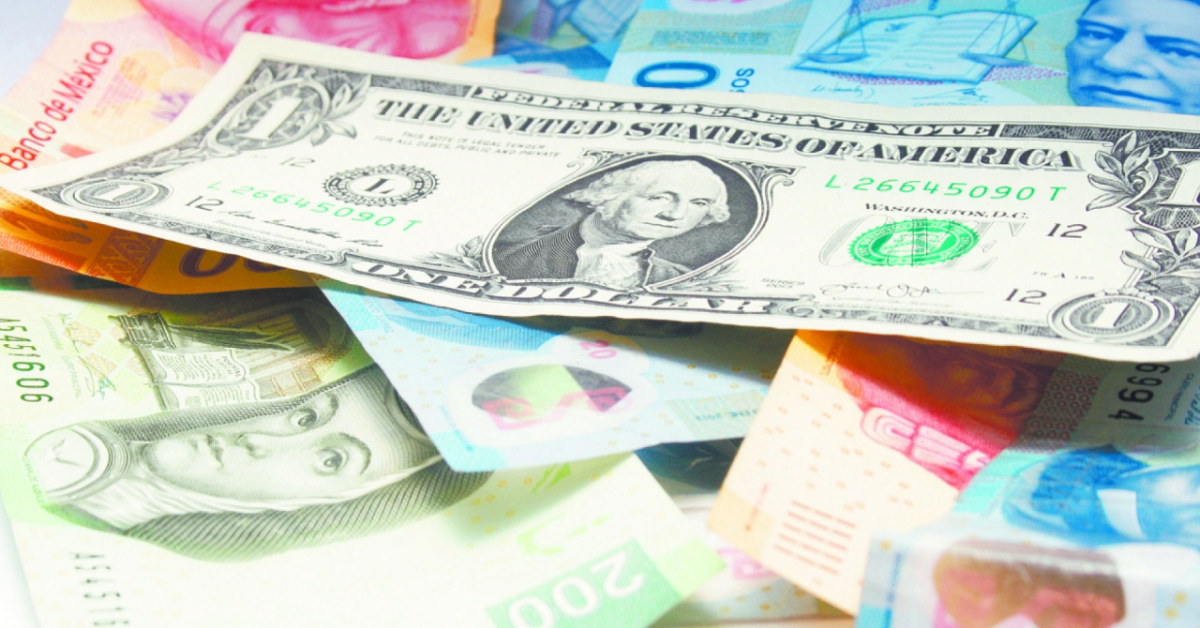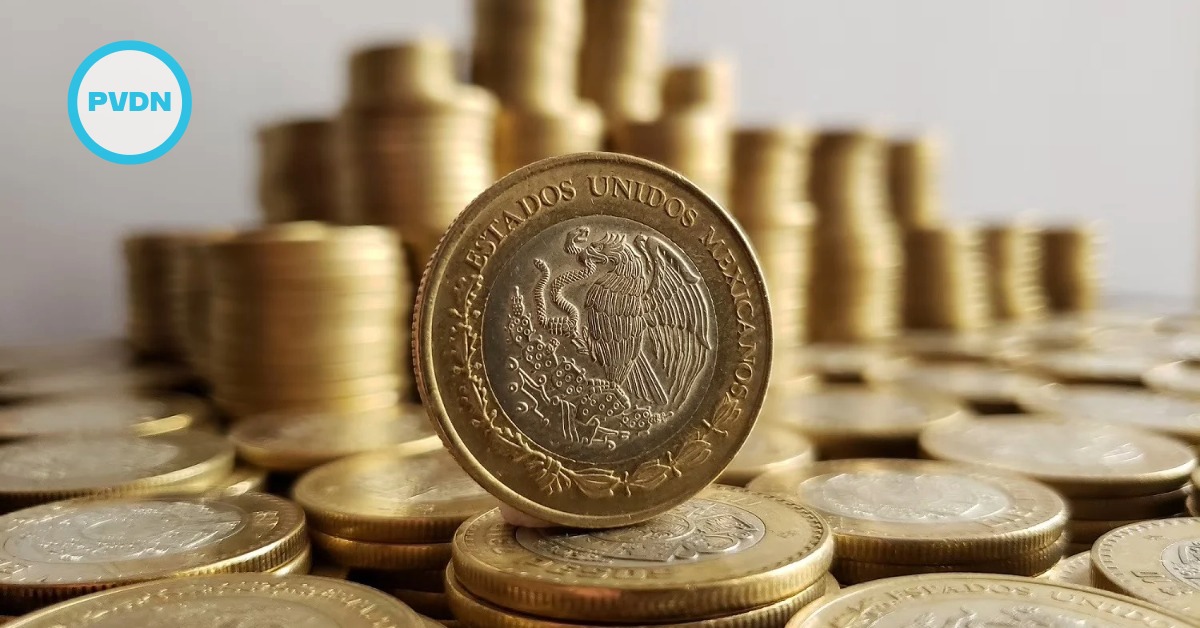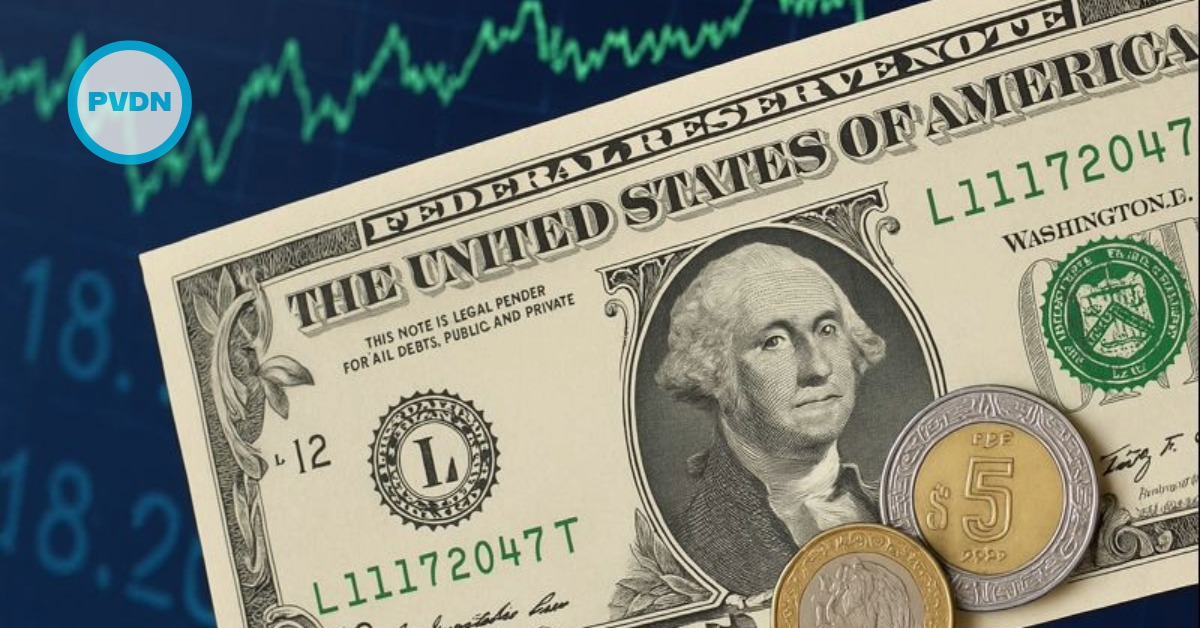The Mexican peso weakened 0.84% to 19.6294 per dollar after a US–China tariff truce bolstered the dollar, local industrial output contracted, and markets brace for Banxico’s policy decision.
Puerto Vallarta, Mexico - The Mexican peso opened weaker on Monday morning, trading at 19.6294 per US dollar, following a broad rally in the greenback after the United States and China agreed to a temporary tariff truce. According to data released by the Bank of Mexico (Banxico), the peso declined by 16.25 cents, or 0.84 percent, from Friday’s . . .






